Latest Posts

Modeling the Hydrostatic Pressure of a Fluid in a Deformable Container
Picture a water balloon being compressed at the center. As you squeeze the balloon, the locations of the highest point and depth of fluid change, altering the hydrostatic pressure distribution.
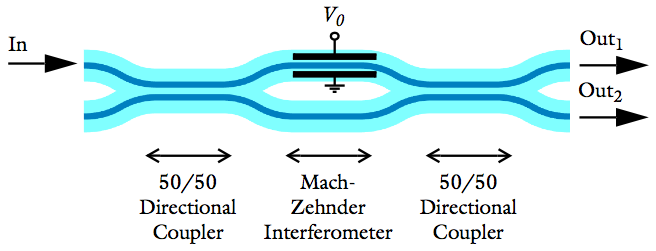
Optimizing Mach-Zehnder Modulator Designs with COMSOL Software
3 design requirements for a Mach–Zehnder modulator: It must produce low loss, give a 50/50 split of power through the 2 output arms, and be used as a spatial switch. See how simulation can help.

Characterizing the Flow and Choosing the Right Interface
No matter the focus of your modeling project, you have probably had to consider fluid flow at some point. Here, we discuss how to characterize the flow and choose the correct CFD interface.

Computing Stiffness of Linear Elastic Structures: Part 2
Learn how to compute the stiffness of linear elastic structures in 2D and 3D with COMSOL Multiphysics® by implementing the Poisson effect. Part 2 of a 2-part series on computing stiffnesses.
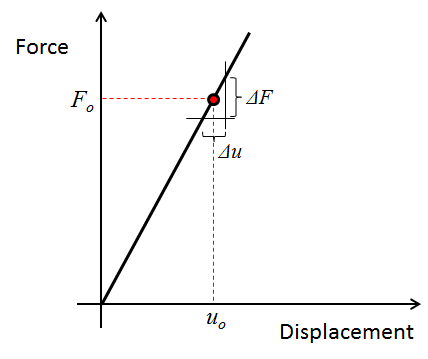
Computing Stiffness of Linear Elastic Structures: Part 1
Learn how to compute the stiffness of linear elastic structures in 1D and 2D by implementing the Timoshenko beam theory in COMSOL Multiphysics®. Part 1 of a 2-part series on computing stiffness.
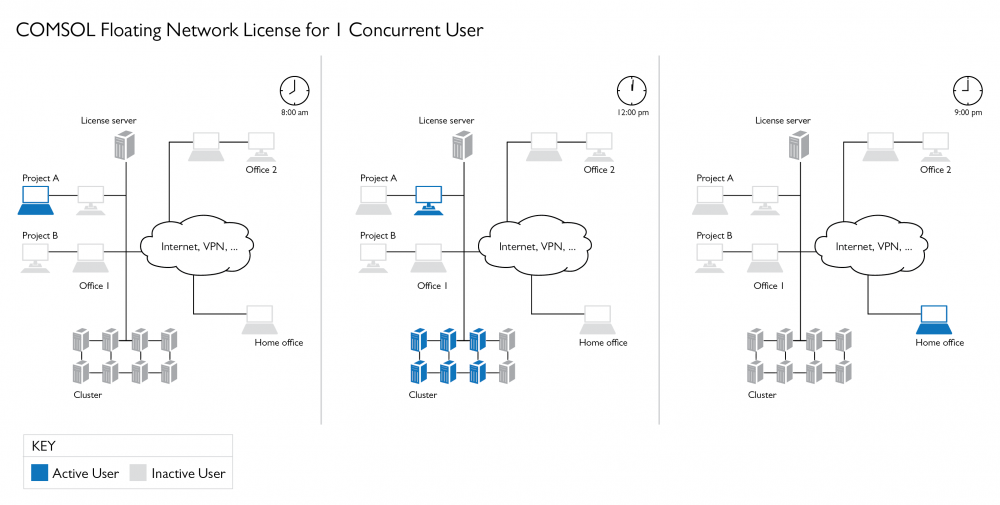
How Do I Get the Most out of My Floating Network License (FNL)?
What’s the different between a COMSOL CPU-Locked Single User (CPU) and Floating Network License (FNL)? We discuss these differences and go over how to get the most out of your FNL.
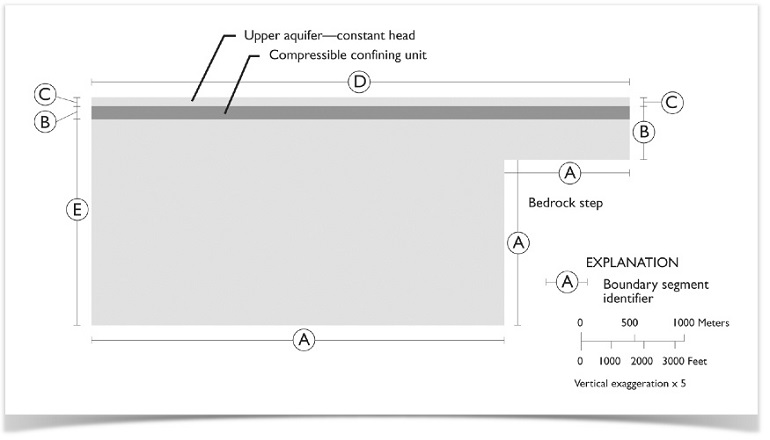
Exploring Below the Surface with a Poroelastic Analysis
How did the Leaning Tower of Pisa get its “lean”? We discuss poromechanics in building mechanics and how to run a Biot poroelasticity analysis for such problems.
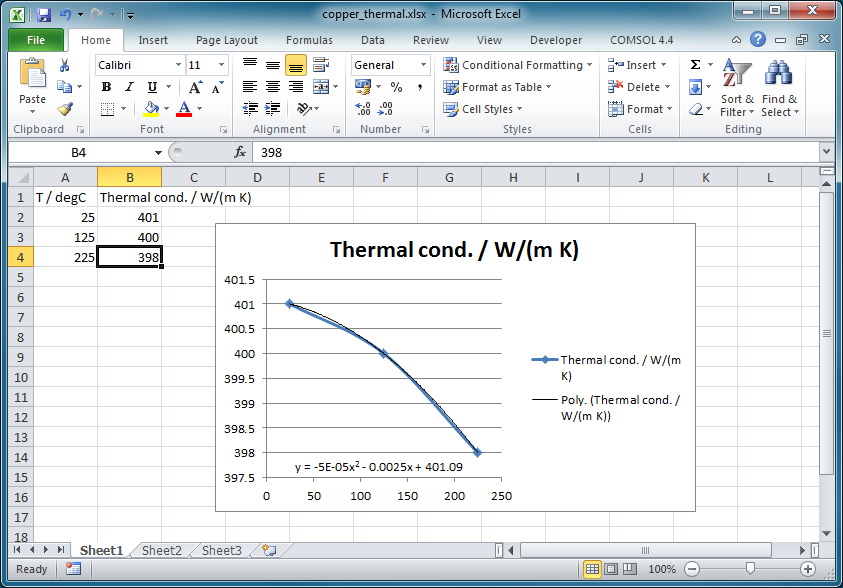
How to Create a Material Database from Spreadsheet Data
Did you know that you can use spreadsheet data to create a material database for use in your COMSOL Multiphysics® simulations? Learn how here >>
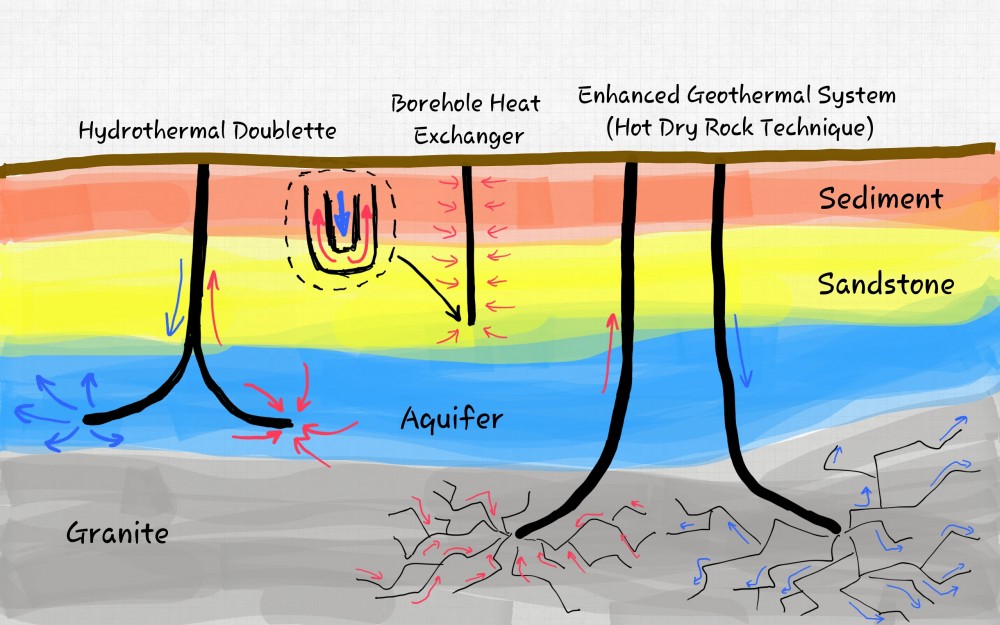
Modeling Geothermal Processes with COMSOL Software
Read Part 1 of our Geothermal Energy blog series here. You’ll get an introduction to the concept of modeling geothermal processes and the many physical phenomena involved.

Automate Your Modeling Tasks with the COMSOL API for use with Java®
You can automate your coffee-making process, so why shouldn’t you be able to automate your modeling tasks? You can, using the COMSOL API for use with Java®.
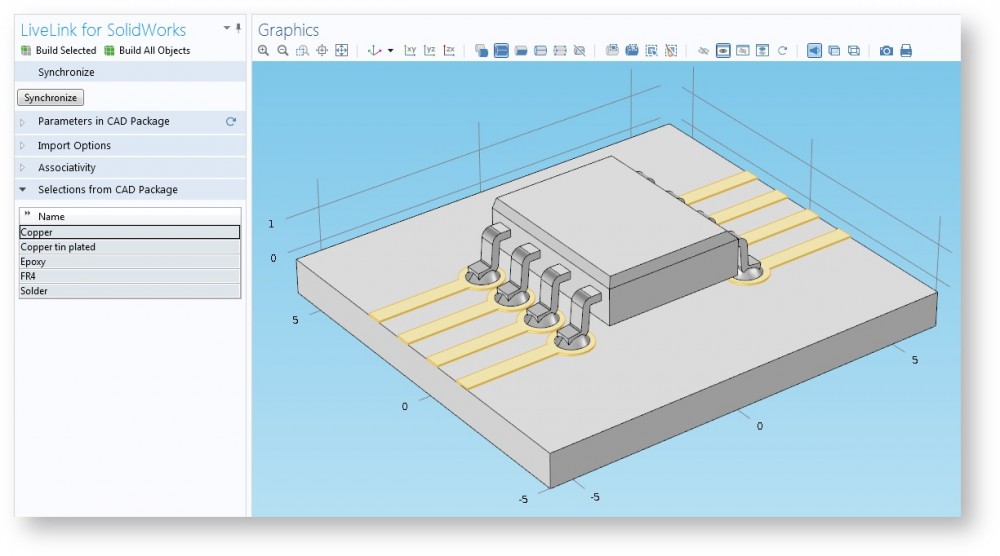
Synchronizing Selections Between SolidWorks® and COMSOL Multiphysics®
Learn how to synchronize selections between SOLIDWORKS® and COMSOL Multiphysics® via LiveLink™ for SOLIDWORKS® (as well as why you should!)
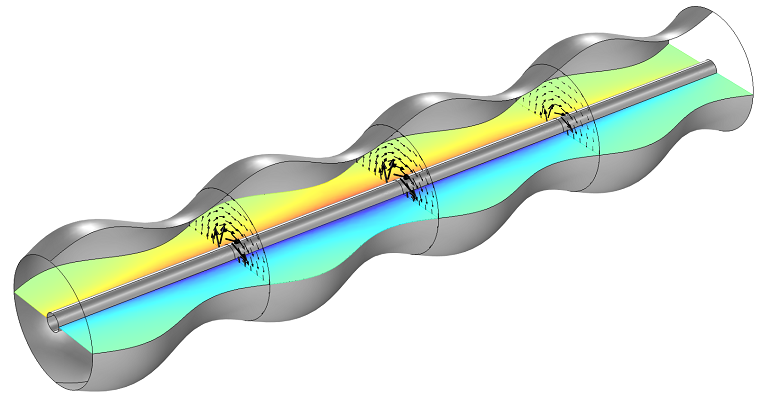
Computing the Impedance of a Corrugated Waveguide
Did you know that you can compute the effective impedance for waveguides with nonuniform cross sections (such as corrugated waveguides) in COMSOL Multiphysics®? We demonstrate how here >>

Happy Birthday, Josef Stefan
Josef Stefan is known for deriving the relationship between the radiant energy of a blackbody and its temperature, known as the Stefan–Boltzmann law. Learn more about the Austrian physicist.

Calculate the Force of a One-Sided Magnet
Magnets: How do they work? You can calculate the force of a one-sided magnet using COMSOL Multiphysics® and the add-on AC/DC Module.

Added Value of Task Parallelism in Batch Sweeps
You can use batch sweeps to improve your modeling performance when you reach limitations in parallel computing. Learn how in this part of our Hybrid Modeling blog series.
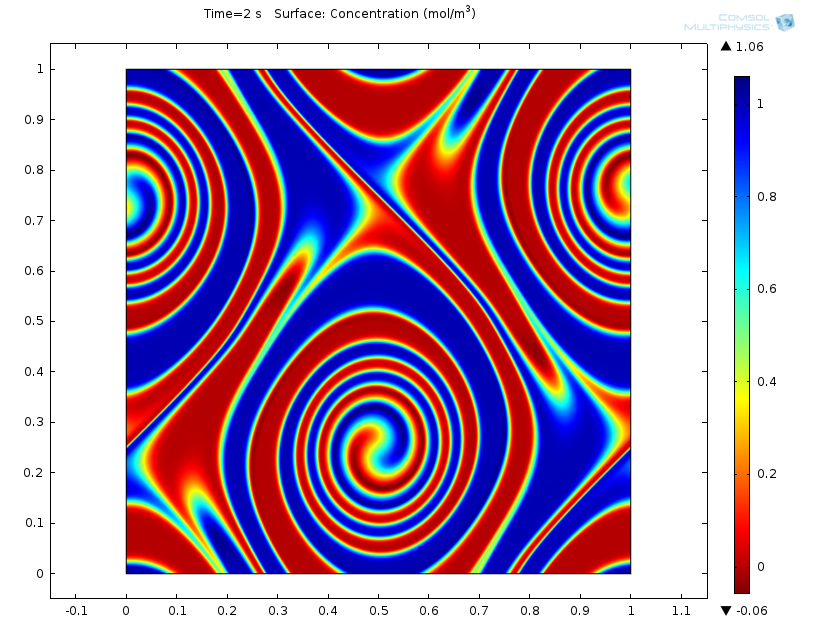
Simulating Kelvin-Helmholtz Instability and Climate Dynamics
Q: What do heated soap bubbles, wavy clouds, and Jupiter’s Great Red Spot have in common? A. An unstable motion called Kelvin-Helmholtz instability.
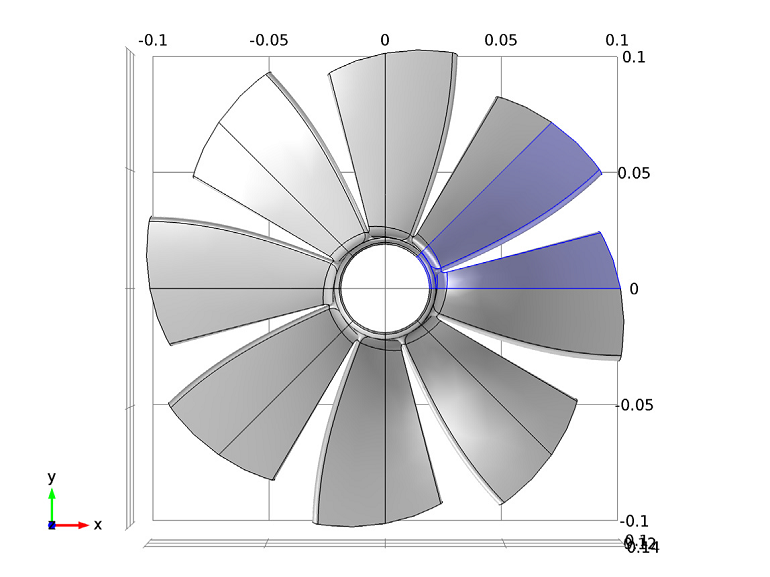
Using Cyclic Symmetry to Reduce Computation Time
Cyclic symmetry can be more complex for rotationally geometries than it can for axially symmetric geometries. Learn how to implement this feature to cut down on computational memory.
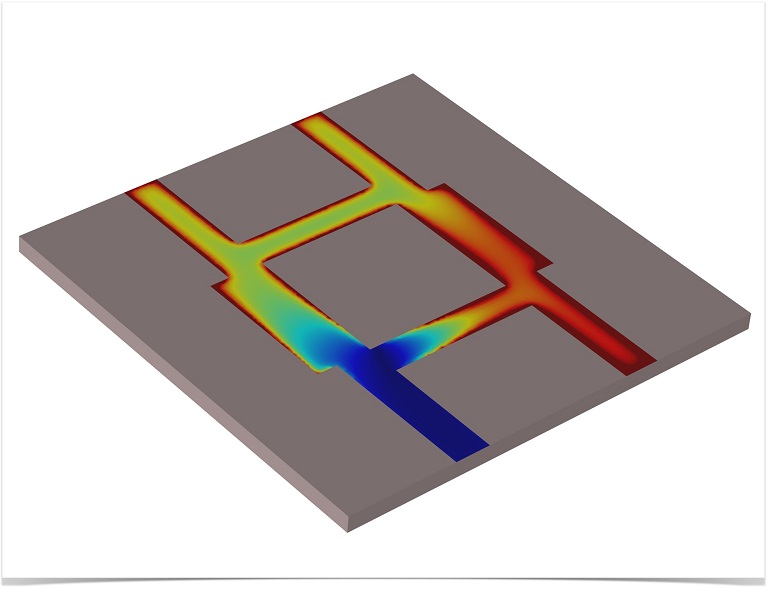
Modeling a Branch Line Coupler
A branch line coupler is made up of 2 sets of coupled ports with a phase difference of 90° between them. Power enters through 1 input port and is then divided equally between 2 output ports.
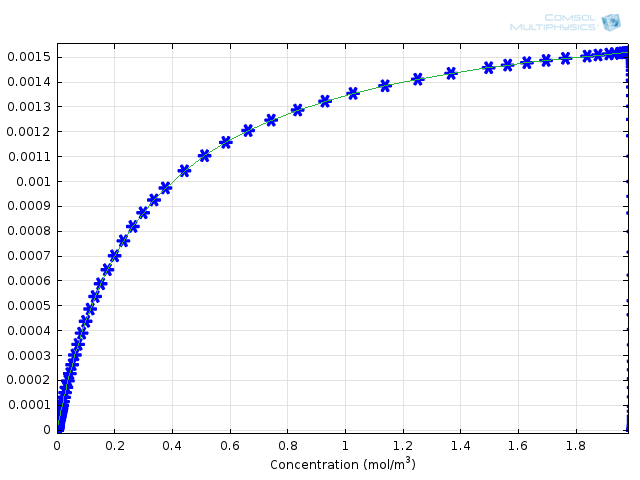
Enzyme Kinetics, Michaelis-Menten Mechanism
For the 100-year anniversary of the Michaelis–Menten mechanism, we honor the trailblazing publication the best way we know how — with simulation.
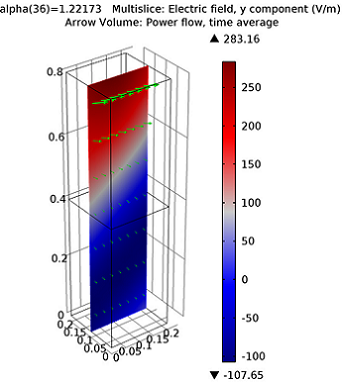
Benchmark Model Results Agree with Fresnel Equations
Bright idea: When a ray of light (an electromagnetic wave) propagating through free space hits a dielectric medium, part of the light will be transmitted and part will be reflected.
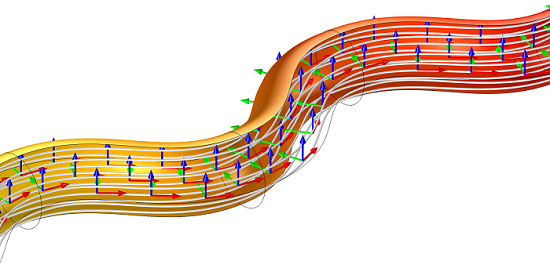
Defining Curvilinear Coordinates for Anisotropic Materials
Consider a carbon-fiber-reinforced polymer with woven fibers embedded in an epoxy matrix. How can you express the anisotropy by referring to the well-known Cartesian coordinate system?
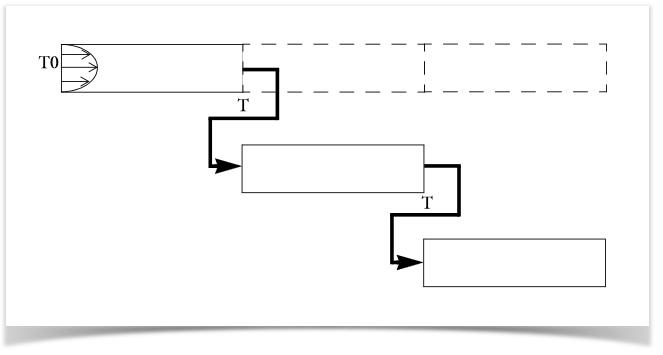
Solutions as Starting Point Values with LiveLink™ for MATLAB®
Did you know that if you want to map data from 1 COMSOL Multiphysics® solution to the next using MATLAB® scripting, you can do so by connecting the 2 software programs via LiveLink™ for MATLAB®?
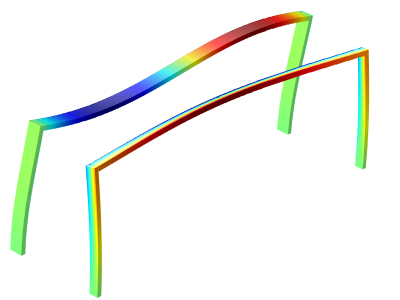
Buckling, When Structures Suddenly Collapse
The easiest way to approach a buckling problem — like a bridge collapse or crushed soda can — is by performing a linearized buckling analysis. See how to do so in COMSOL Multiphysics® here >>

Hybrid Computing: Advantages of Shared and Distributed Memory Combined
Shared memory platform + distributed memory platform = hybrid computing. Learn about the various aspects of hybrid computing and modeling in this installment of our blog series.
